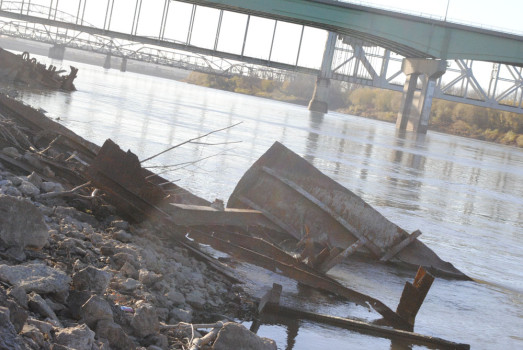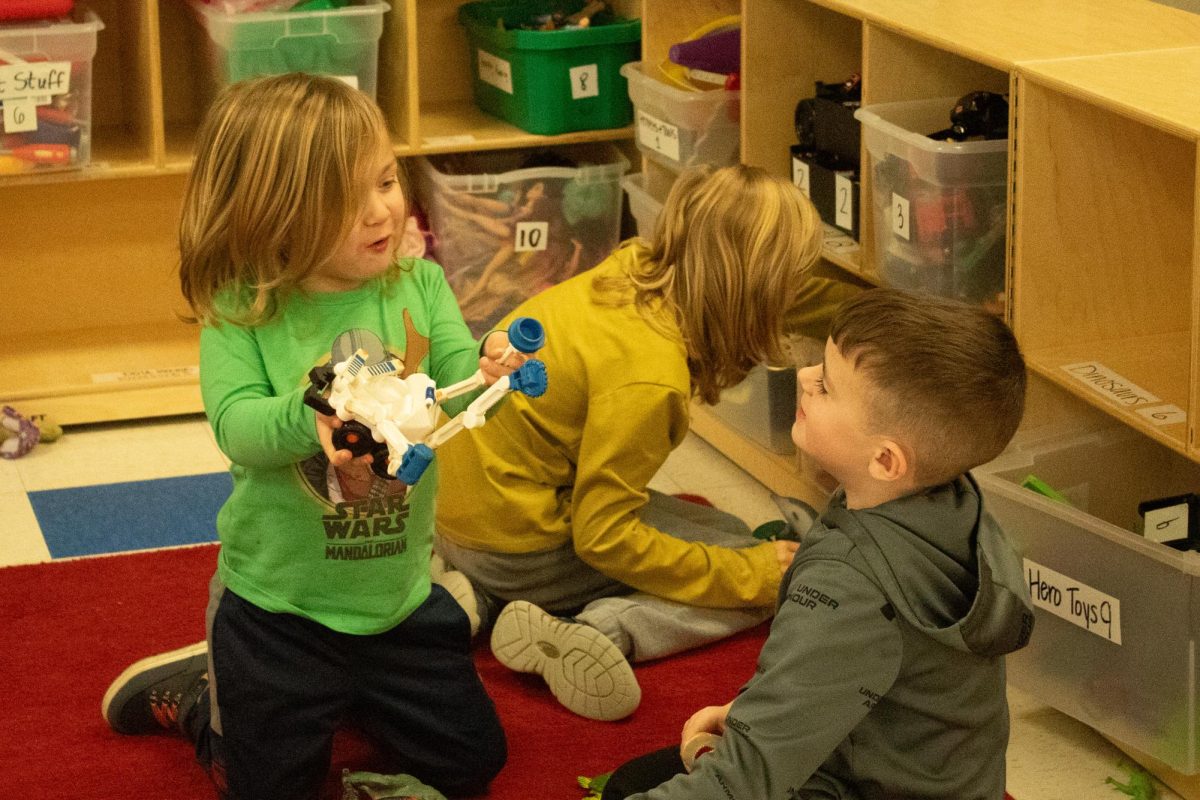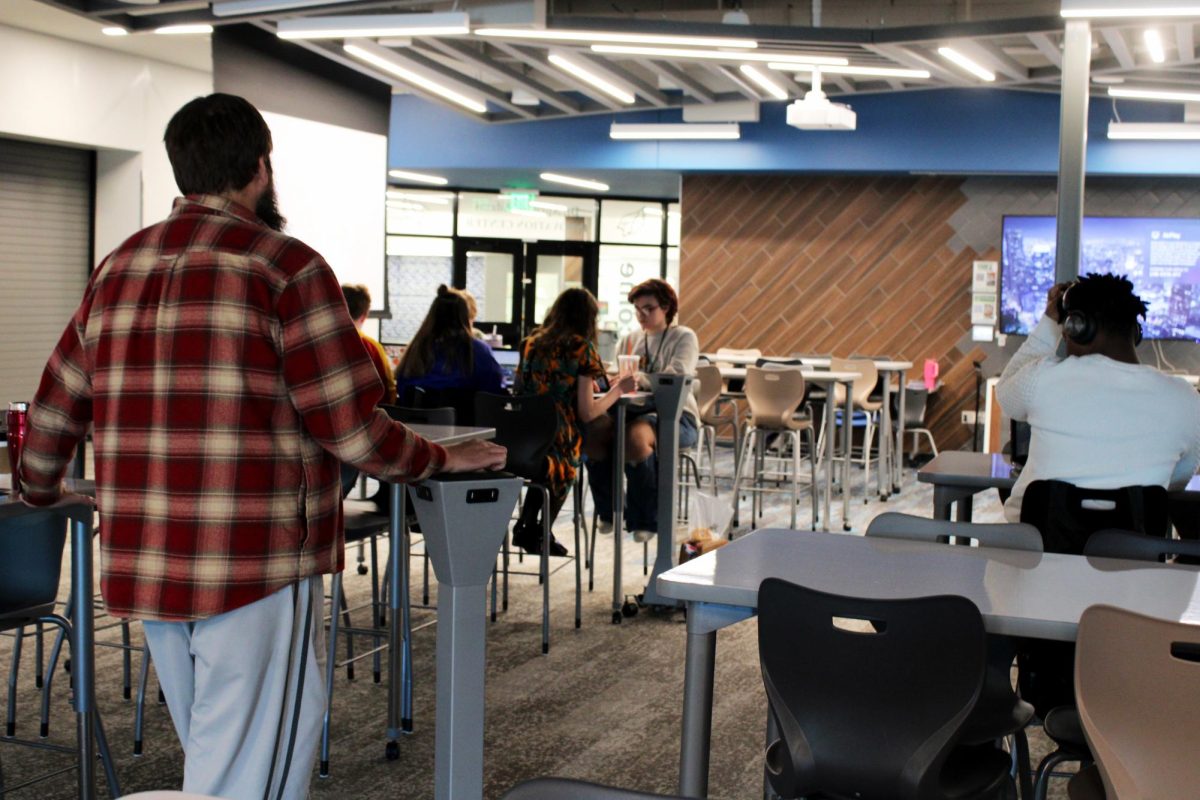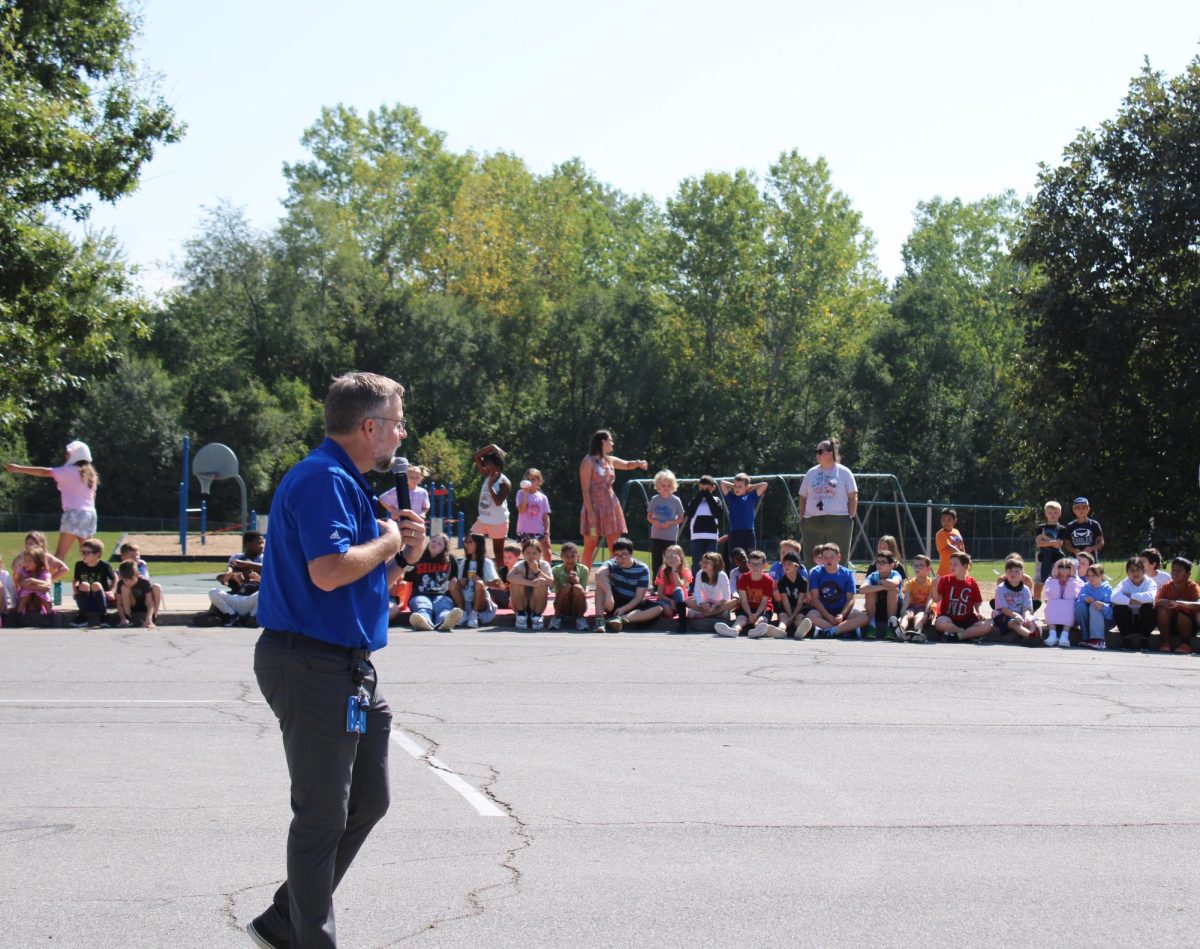by Preston McConnell |
A regular category five hurricane is over 156 mph and about six hundred miles in diameter. These storms can bring upon devastation like no other and it is up for grabs on which brought more pain and suffering to the affected area, Katrina or Sandy?
Science teacher Kathleen Moburg believes that the damage from the hurricanes were so great possibly because of the storm surges. Moburg and Gary Pierson explain a storm surge is basically formed because the pressure on the ocean during a hurricane is less when one is happening. A storm surge is when the water is essentially lifted up when it gets to the land and dives into the land. They believe that this happens because of the air rotating and the heat pulling up the water inside the hurricane. Pierson put it in words to explain easily, “picture it like a vacuum pulling the water up.”
Hurricane Sandy, as of right now, is the largest Atlantic hurricane reaching over 1,100 miles in diameter. Hurricane Sandy was started just from a tropical wave that got labeled a hurricane six hours after. Hitting some of the Caribbean, mid Atlantic sites, and the North Eastern part of the United States, it was disastrous and destructive.
Being the second largest hurricane, it obviously left a big mess. Sandy became the second most costly hurricane just behind Katrina, costing $65.6 billion. Sandy also took many lives in the seven different countries that were in its path, an estimated total of 253 people, according to CNN.com.
The hurricane brought up a wall of water by raising the water through the heat and energy it creates. The water must be at least 80 degrees for the hurricane to have enough energy and to be able to create energy.
Sandy was a special type of hurricane. After the hurricane hit shore and made its initial attack, coming from the north was another storm. These two storms combined and made a super storm that continued to wreck havoc all along the east coast.
People all throughout the storm prepared the best they could and people from all over were thinking of the victims. After the storm, supplies from many different states were brought together to send to the New England area to help rebuild after the disaster.
Disaster struck in late August 2005 when Hurricane Katrina hit the Atlantic and Gulf coast. This deadly hurricane took approximately 1,800 lives and destroyed nearly 340,000 homes. New Orleans had the greatest damages and highest death count, according to weather.com
Hurricane Katrina is considered to be one of the most devastating natural disasters in our country’s history.
With Katrina’s destruction widely publicized, many people took action to help the victims. People volunteered their time and money to help them recover. $1.3 billion dollars was donated for relief.
“24% of the money awarded by 112 independent, corporate, and private foundations studied went to economic and community development. 19% went to human services, 18 percent to education, and 14 percent to civil rights and public affairs,” according to philanthropy.com
Some of our very own students were affected by this vicious storm.
“Hurricane Katrina was a horrible storm. Although it barely affected my family, and me it affected a lot of my friends, because a tree hit one of my friend’s houses,” sophomore Ted Hindman said. “The hurricane was very damaging and very windy, but I moved out before I could see anything. I think Katrina was more damaging. Katrina didn’t just flood like Sandy did; Katrina actually knocked down houses,”
It is a known fact around the school that Hurricane Katrina directly affected the Greely family. Assistant Principal Eric Greely shares that the statistics don’t tell the story like the people who were in it.
“It was devastating; when you lose a house and two cars, all your precious belongings. It’s just devastating. But the good news is that we have life. I’m really appreciative of that,” Greely said.
Katrina’s desecrating aftermath created many issue, such as causing gas prices (regular) to increase significantly. As of July 29, 2005 gas had been $2.13, one month later, during Katrina, prices changed to $2.49. Over 1.7 million people were left without power, and struggling due to a lack of drinking water. With the trouble of homes destroyed, it caused no shelter for many; the New Orleans Superdome was a temporary home to thousands of people.
The city came together in this time of distress, when people had no homes had struggled to find comfort.
“I think it was a time when the community of not only New Orleans came together for such a devastating event. I think what surprised me more than anything is the community of the United States came together to support families that had been displaced. We couldn’t get to our bank accounts, our homes,” Greely said. “We went to Baton Rouge, LA where my wife’s mother is, to Texas where my brother is. We thought we were just going for a weekend basically and coming back home, we ended up staying for two months. We went back to our home after two months and it was just was just not a pretty sight at all.”
Making landfall as a category five hurricane, the highest rated for a hurricane, Katrina sustained winds of over 155 mph. A category five-storm damage is described as, “Complete roof failure on many residences and industrial buildings. Some complete building failures with small utility buildings blown over or away. Flooding causes major damage to lower floors of all structures near the shoreline. Massive evacuation of residential areas may be required.” According to the Governor’s Office of Homeland Security.
This tragic event struck people and made a huge impact not only then but continue to today still.
“When life is lost and we’re just devastated, and homes are devastated, it’s all about money; it changes the course of life for many people. Both of them were just awful. It created a lot of awful situations for a lot of families. I’m not going to necessarily say Katrina was worse than Sandy, but a lot people were in a lot of pain and hurt in both hurricanes. I do think that the government responded much better to Sandy than it did Hurricane Katrina,” Greely said. “In Hurricane Katrina, people got stuck in the Superdome, and couldn’t go anywhere; lying outside, covering people up in the French Quarter, and outside the dome. I mean my God we couldn’t even take care of people, couldn’t even get the National Guard in here. I mean Hurricane Katrina was just trouble. There was loss of life in Sandy too. It makes you realize how thankful we should be to have life and how precious life is, life’s too short to be mad with people and to be angry. It just makes you value life just a little bit more when things like that happen.”
Just like every devastating situation, people are coming together and working towards a recovery. With all the support and help from many charities and people the struggle will be minimized a little bit.
Hurricanes can really hurt a city, state, country, or family, but with support, there will be recovery.






